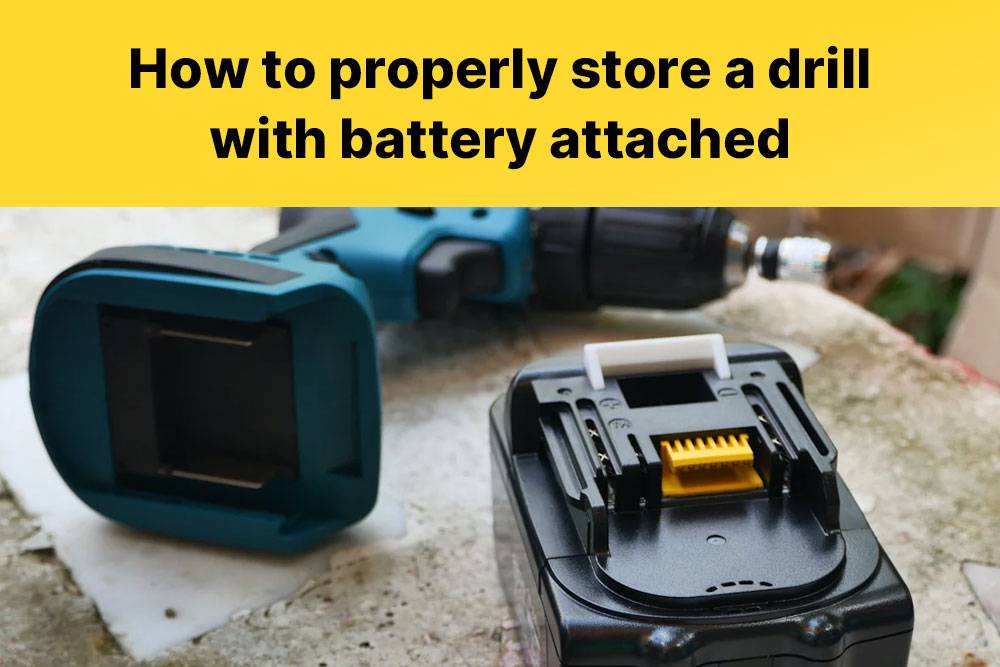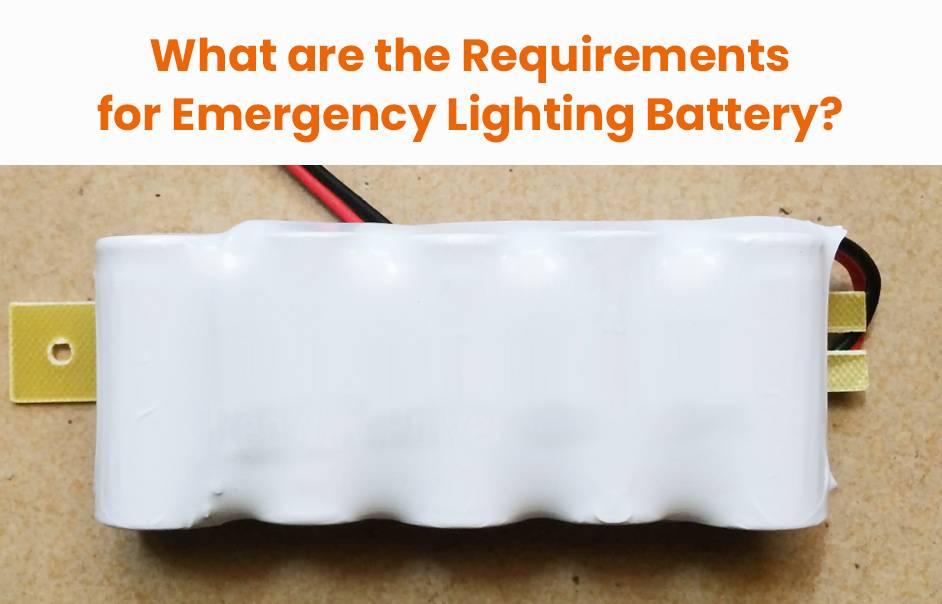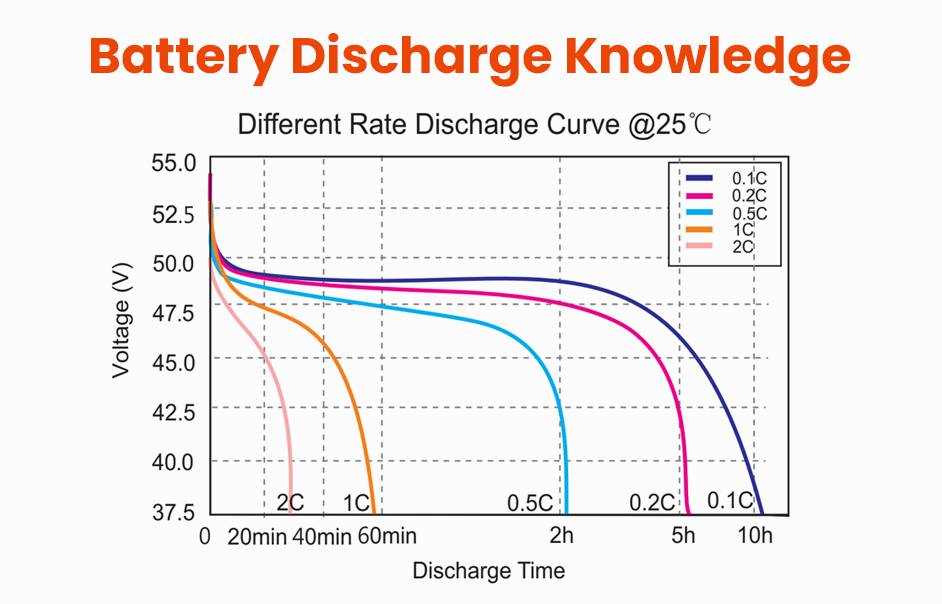In the DIY world, power tools are the superheroes, with drills being our trusty sidekicks. The debate arises when it’s time to store them – should we keep the batteries attached or detach them? Today, we’ll explore this dilemma. Join us in your tool belt as we delve into the smart choice for storing drills and their batteries, unraveling the mystery for DIY enthusiasts.
Pros and cons of storing a drill with the battery attached
Storing a drill with the battery attached has both advantages and disadvantages. Let’s explore both sides:

Advantages:
- Always Ready for Use: Keeping the battery attached ensures the drill is always ready for immediate use, saving time and effort.
- Prolongs Lifespan: Storing with the attached battery may help prolong the overall lifespan, as modern lithium-ion batteries hold their charge well over time.
Disadvantages:
- Safety Concerns: Leaving a charged battery connected poses a risk of accidental activation or short-circuiting if mishandled or stored improperly.
- Increased Wear: Storing with the battery attached may lead to faster wear on both the drill and battery due to prolonged exposure and potential fluctuations in storage conditions.
The decision to store a drill with or without the attached battery depends on factors like frequency of use, available storage space, personal preferences, and safety considerations. Weighing these pros and cons is crucial to determine what works best for your specific circumstances.
Factors to consider before deciding to store a drill with battery attached
Before deciding to store a drill with the battery attached, consider these factors:
- Battery Lifespan: Modern lithium-ion batteries have a self-discharge rate. Storing the battery attached ensures it remains charged and ready for use, preserving its lifespan.
- Extended Storage Periods: For prolonged storage without use, consider removing the battery to prevent irreversible damage or reduced performance, especially in extreme temperatures.
- Safety: If storing with the battery attached, ensure it is securely locked to prevent accidental activation. Prioritize safety when handling power tools.
- Storage Space: Assess your available space and convenience. Keeping the battery attached might be more convenient for quick access and limited storage space.
Evaluate these factors individually to make an informed decision on the best way to store your drill with its attached battery.
How to properly store a drill with battery attached
Properly storing power tools, including drills with attached batteries, is crucial for maintaining performance and longevity. Here’s how to do it right:

- Clean and Inspect: Before storing, ensure the drill is clean and free from debris. Inspect the battery for any signs of damage.
- Charge the Battery: Fully charge the battery before storage to prevent self-discharge, ensuring it’s ready for use when needed.
- Cool, Dry Storage: Choose a location with consistent temperature and low humidity. Avoid extremes to preserve the drill and battery performance.
- Protective Cases: Invest in cases designed for power tools to add protection against accidental impacts during storage.
- Disconnect Charger: If leaving the drill plugged in, disconnect both the drill and charger from the power source to avoid electrical hazards.
Following these guidelines helps extend the drill’s lifespan and ensures optimal performance when needed.
Alternative storage options for drills
When it comes to storing your drill, consider alternative options for convenience and longevity:
- Remove the Battery: To prevent drainage and potential damage, store the drill without the battery. Keep the battery separately in a cool, dry place, shielded from extreme temperatures or moisture.
- Dedicated Storage Case or Bag: Invest in a protective case or bag designed for power tools. These compartments keep everything organized, protecting the drill from dust and elements.
- Wall-Mounted Rack or Pegboard: Hang your drill to keep it off surfaces, ensuring easy accessibility. Choose a clean area to avoid debris.
- Toolbox with Custom Padding: If space allows, use a toolbox with foam inserts or custom-cut padding designed for secure drill storage, providing extra protection during transportation or storage.
Consider factors like convenience, protection, and maximizing longevity when selecting the alternative storage method that suits you best.
The importance of proper storage for power tools
In today’s article, we tackled the question of whether to store a drill with the battery attached, weighing the pros and cons and considering key factors.

- Convenience vs. Drawbacks: Storing a drill with the battery attached may seem convenient, but drawbacks include the risk of accidental activation and power drain.
- Mitigating Risks: To mitigate risks, removing the battery before storage is advisable, especially to prevent accidental activation. Extreme temperatures and moisture can harm both the battery and the drill.
- Proper Storage: For storing with the battery attached, ensure cleanliness and dryness. A protective case or bag adds an extra layer of defense. Remove bits or accessories to prevent loss or damage.
- Alternative Storage Options: Consider investing in a dedicated toolbox or wall-mounted rack for organized and accessible storage, protecting tools from environmental hazards.
- Essentials for Longevity: Regardless of the storage method, proper care is vital for maintaining power tool longevity. Simple steps like cleaning, drying, and protecting against elements extend the tool’s lifespan.
In conclusion, power tools are valuable investments. Taking a moment to properly store and maintain them, whether by detaching the battery or using alternative storage, ensures optimal performance for years to come.












